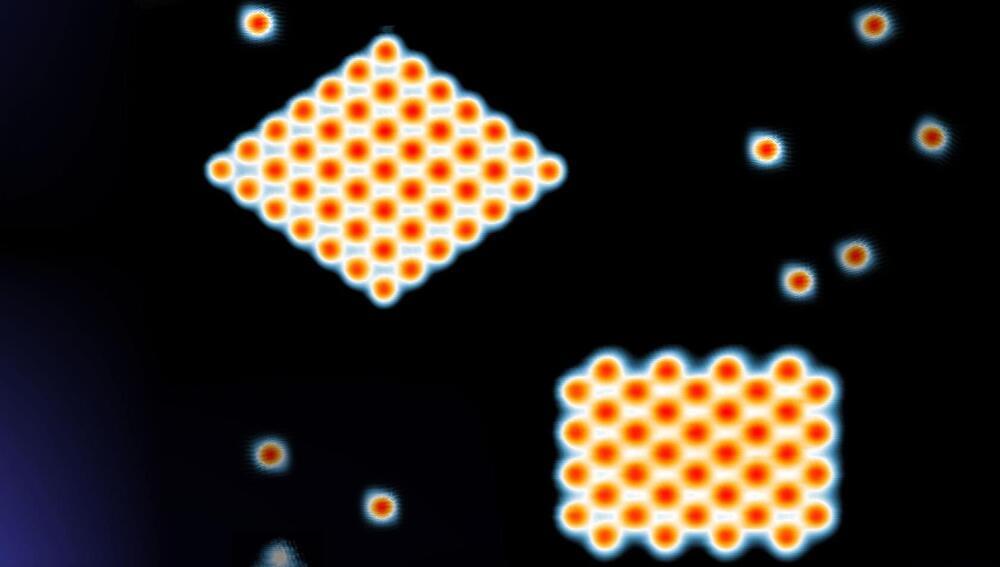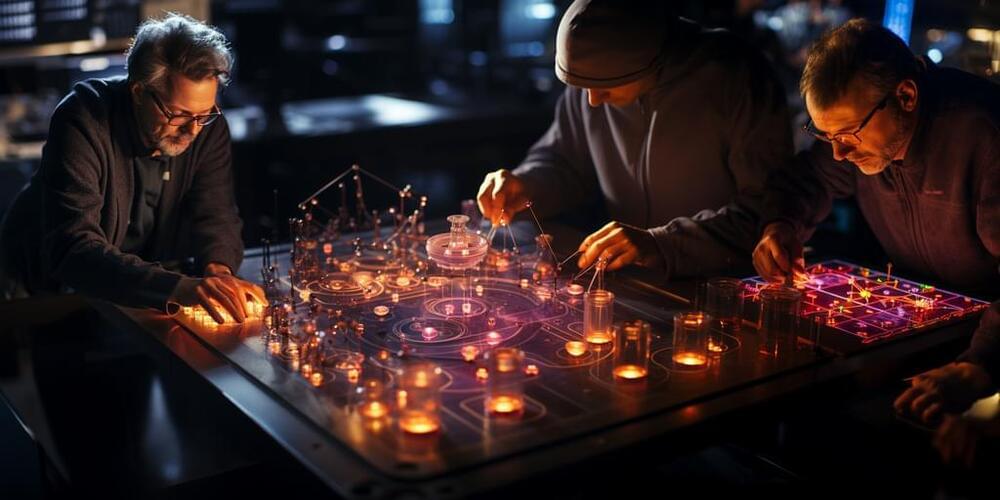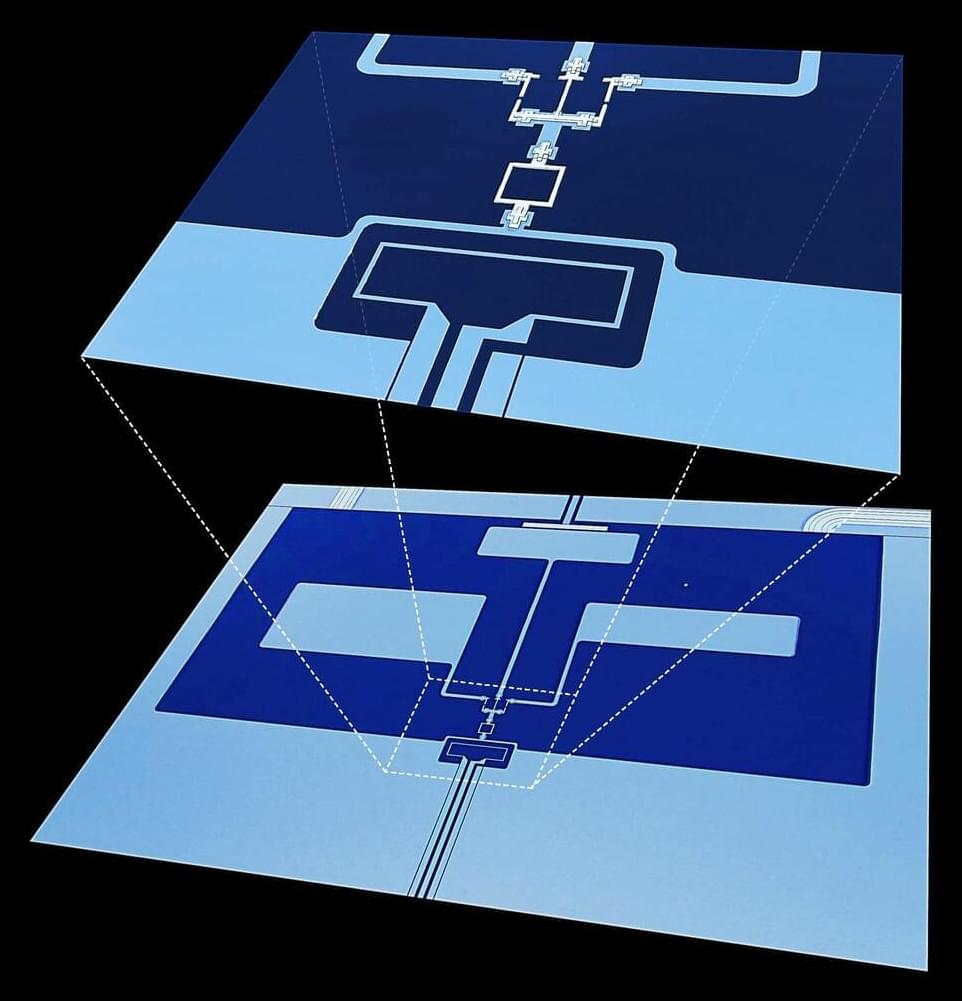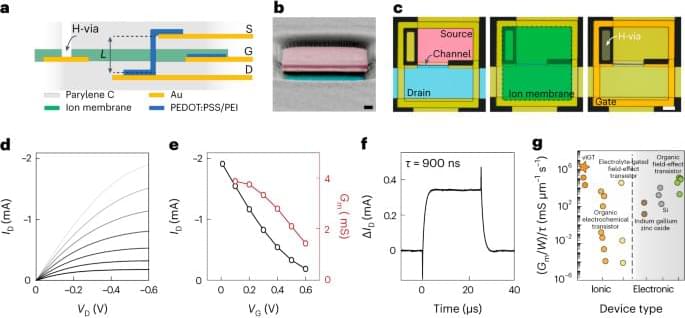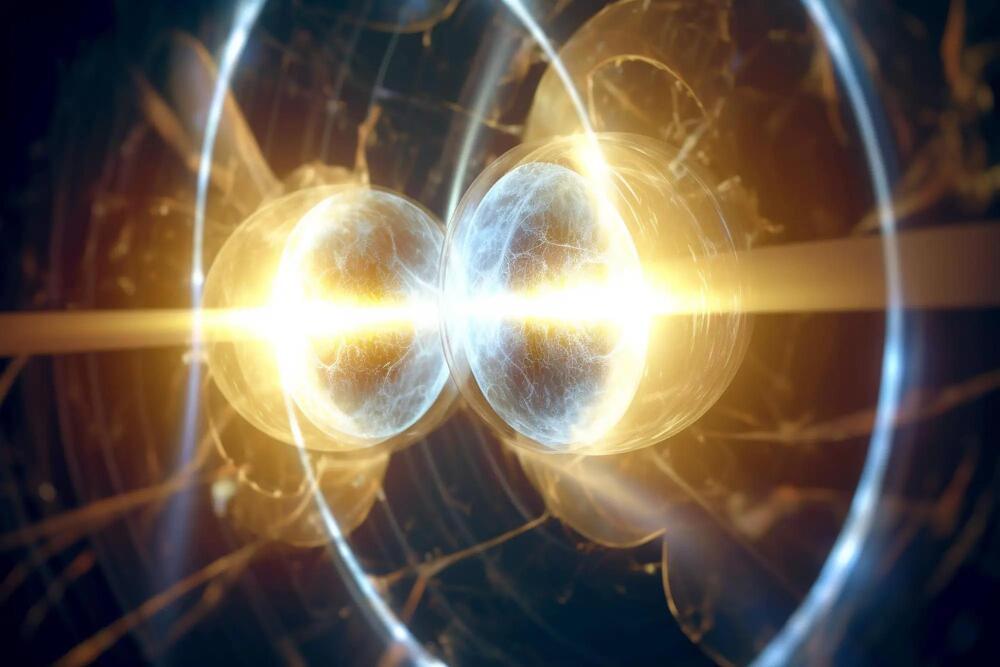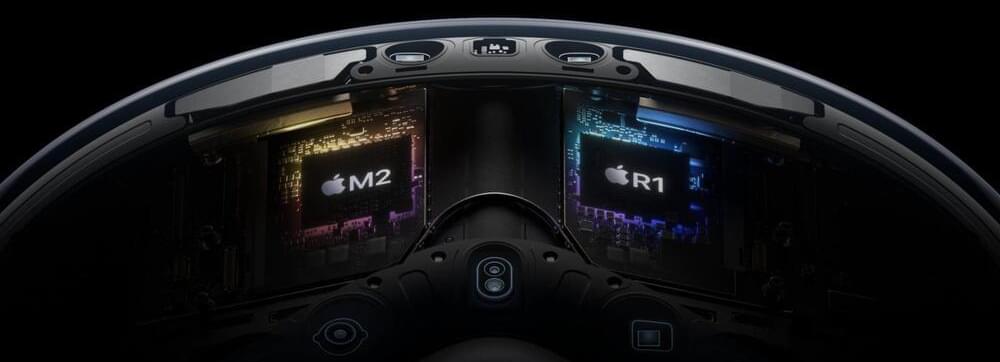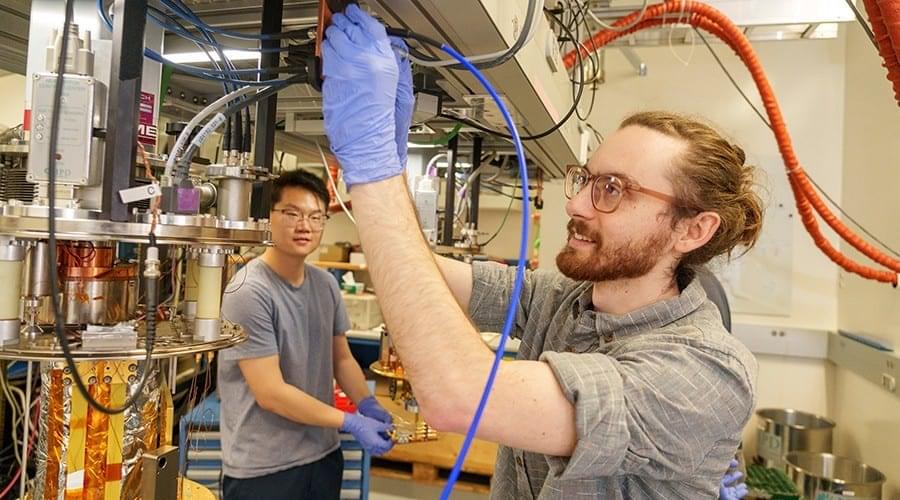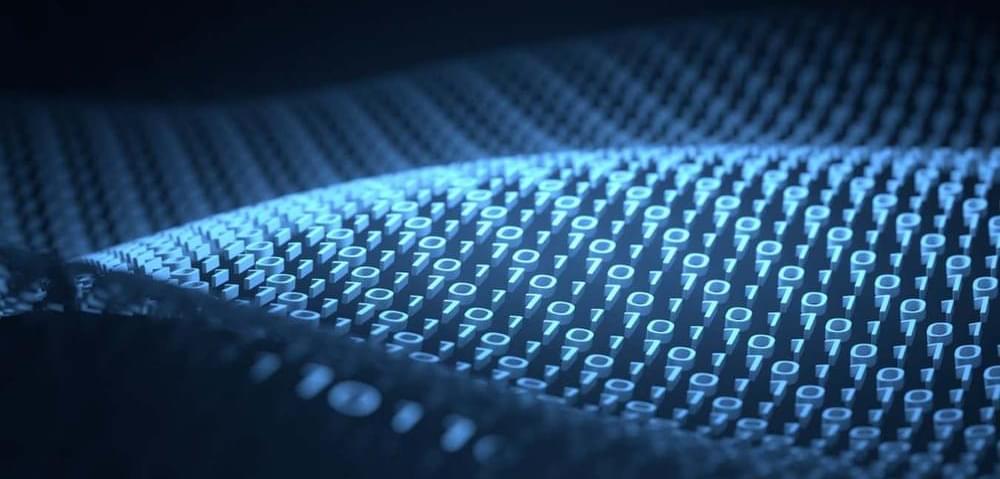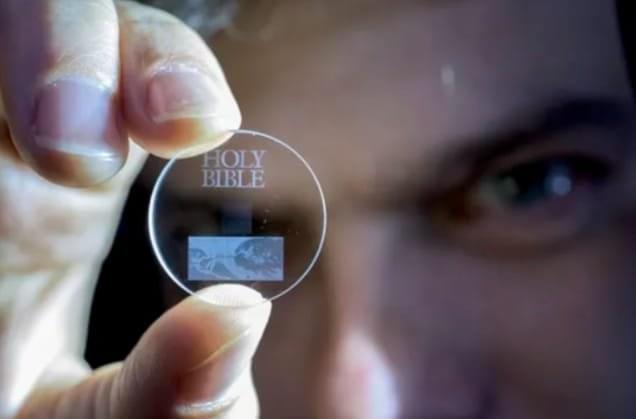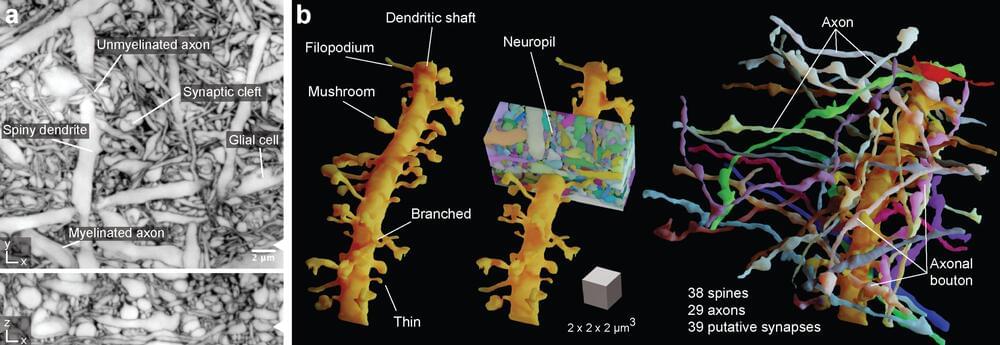Jul 14, 2023
New superconductors can be built atom by atom, researchers show
Posted by Paul Battista in categories: computing, particle physics, quantum physics
The future of electronics will be based on novel kinds of materials. Sometimes, however, the naturally occurring topology of atoms makes it difficult for new physical effects to be created. To tackle this problem, researchers at the University of Zurich have now successfully designed superconductors one atom at a time, creating new states of matter.
What will the computer of the future look like? How will it work? The search for answers to these questions is a major driver of basic physical research. There are several possible scenarios, ranging from the further development of classical electronics to neuromorphic computing and quantum computers.
The common element in all these approaches is that they are based on novel physical effects, some of which have so far only been predicted in theory. Researchers go to great lengths and use state-of-the-art equipment in their quest for new quantum materials that will enable them to create such effects. But what if there are no suitable materials that occur naturally?
